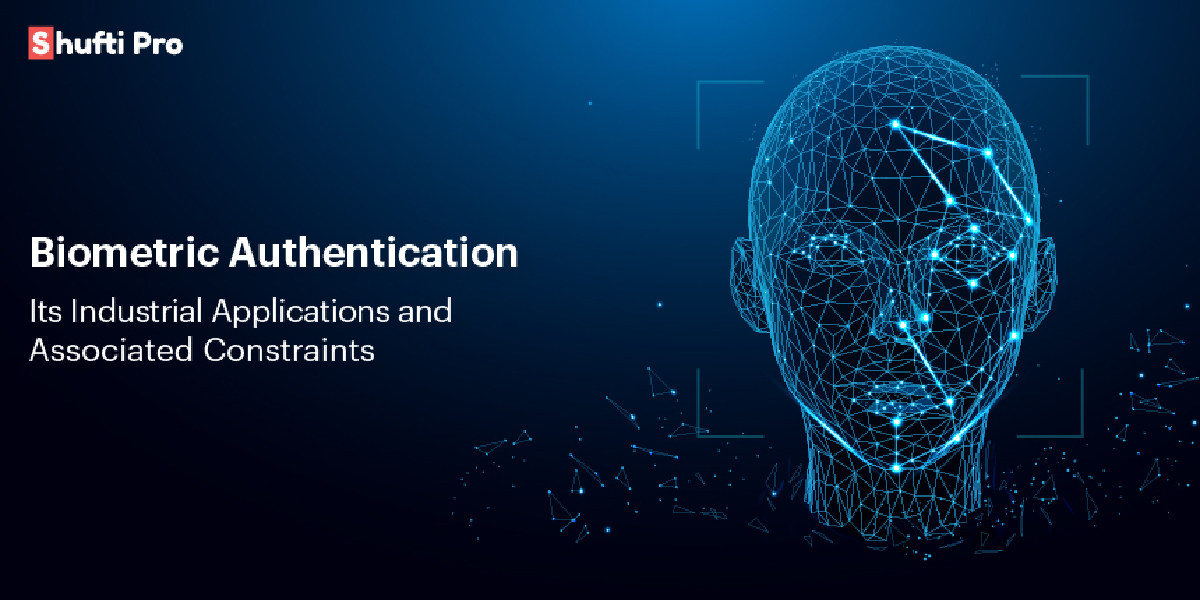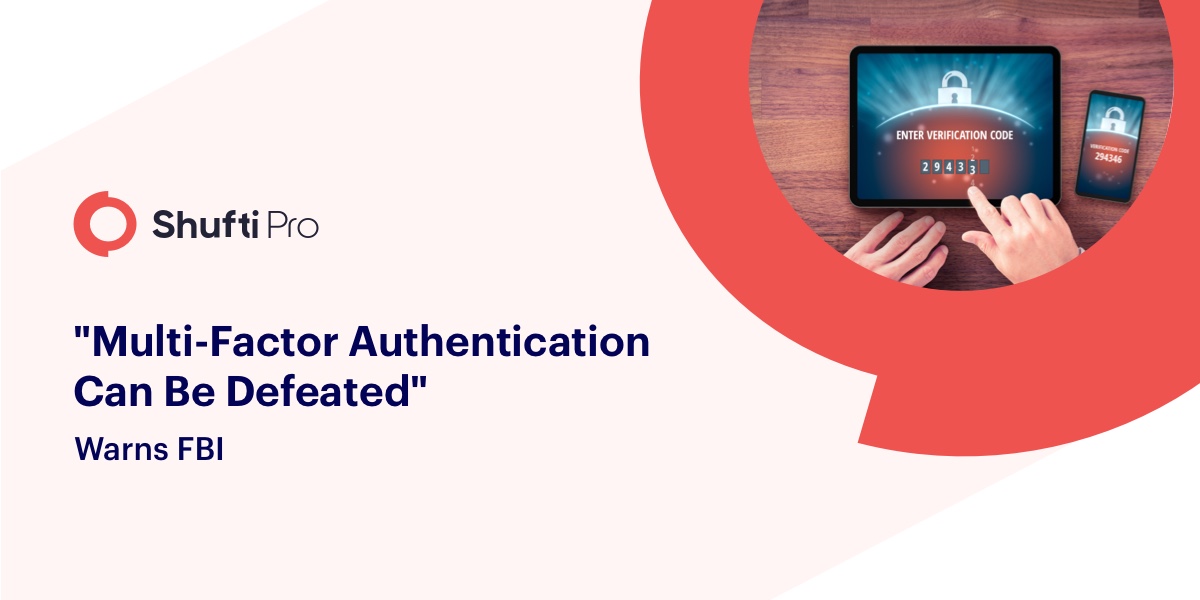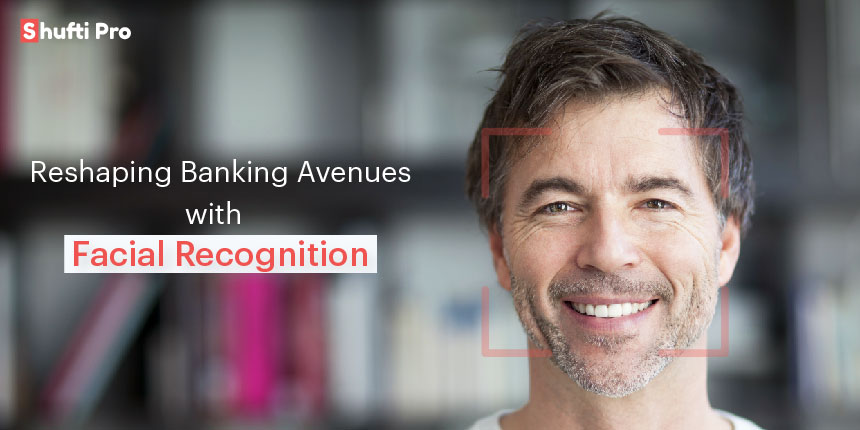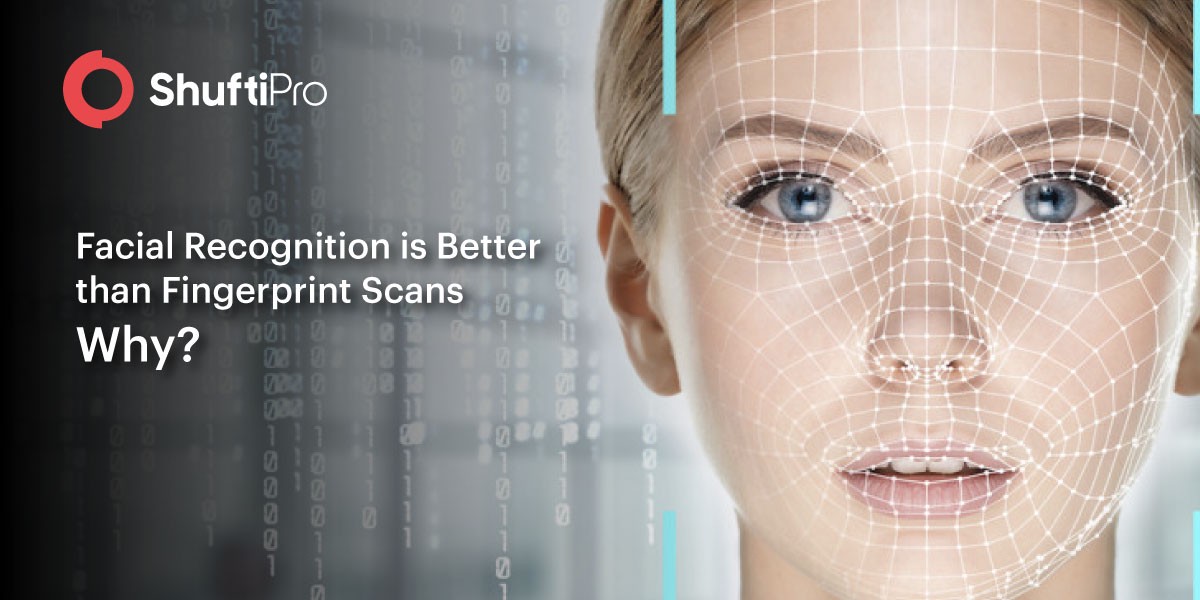Biometric Authentication: Applications and Constraints

Biometric authentication is considered as an advanced way of ensuring Know Your Customer (KYC). The purpose of controlled access is achieved through biometric scanning which verifies a person’s identity based on the physical characteristics. The biometric data for each individual is different. This data is already stored in the biometric security system which identifies and verifies the identities. Today at the organizational level, 65% of authentications are based on biometrics. The global revenue generated from biometric verification was around $21.8 billion in 2018. The adoption of biometric techniques is increasing rapidly especially in the financial sectors and at Government level.
Biometric verification includes facial recognition, fingerprints, hand geometry verification, iris scanning, vocal verification, retina scanning, and signature dynamics. The biometric technology converts all the data into digital information and formats which are further processed under complex algorithms. These algorithms are based on Artificial intelligence (AI) and Machine learning (ML). The pre-stored data is matched against the data entered into the devices and is verified.
Importance of Biometrics In KYC
“KYC” refers to the personal information and details required by the regulated companies and the financial institutions in order to allow trusted individuals to enter into the system. To ensure the security policies of the company, customers are verified through biometrics. This helps the companies avoid the risks of online payment scams, money laundering activities, and credit card fraud. The biometric verification of customers has resulted in an efficient and accurate authentication system. Also, this reduces the time which facilitates both customers and organization.
Biometric innovation facilitates banks in performing their verification processes without letting them wait in the queues, answer queries, and filling large forms. This would help quick verification and secure record keeping. This secure implementation of KYC management process will protect the system from identity theft and money laundering as well as shape the system with the Government regulations accordingly.
Industrial adoption of Biometrics
Multiple industries are using biometric technology as it fits in their usability.
- Reduce Time Theft:
Businesses are using the biometric attendance of employees to reduce time theft and increase productivity. This would help in a proper time track of when the employee is entering and leaving the workplace.
- Medical Industry:
There is a 105 increase in the use of biometrics in the medical industry. Medical Industry is using it for the authentication of patients to help doctors find out the medical record of the relevant patient. Also, for the identification of blood donors, biometric verification is in use.
- School Management:
Schools are using it for the maintenance of records and attendance of the students and teachers. The automated record keeping will help efficient management.
- Travel Industry:
The travel industry is using biometric with a record of 11% increase. To verify the tourists and travelers, biometric authentication helps in quick processing and avoiding restricted candidates to travel.
- Finance Industry:
Similarly, at the Government level and in financial institutions and banks, biometric verification plays a key role in the authentication of customers. To ensure KYC compliance of the customers, it is necessary to perform their biometric. 46% of top-ranking biometric mobile applications were banking apps.
- IT Industry:
In the IT industry, mobiles have embedded biometric technology through which they unlock their phones in order to keep their information and data save. Mobile applications are developed that need online biometric verification to help businesses authenticate their end-users. The biometric study shows that the use of biometrics in mobile apps will increase from 5% in 2018 to 70% in 2022.
Find more trends on Biometirc technology.
Biometric Verification in Mobile Phones
Biometric verification in mobile phones is getting common nowadays. It is estimated that by the end of 2019, 100% of the mobile shipments would include mobile phones with biometric technology. Also, the wearables and tablets will also be empowered by biometric verification by the end of 2020. The verification through fingerprint, face and iris scanning are the most common password features of the devices today.
Online verification and authentication are done in order to perform any transaction or to purchase something from an online store. The online marketplace is inserting the biometric technology in their system to allow the transaction and purchasing through mobile applications. Also, the banking applications (mobile wallet apps) use biometric verification of their customers if they want to open an online bank account or to perform a transaction.
Biometric Authentication Risks
Businesses consider biometric technology the top-notch solution of identity verification and authentication. Unfortunately, that is not the case. The physical characteristics through which verification is done are unique for each individual. Any negligence in record and data keeping can result in heavy risks and reputational damage to businesses. Below are the major security risks associated with the adoption of biometric technology:
- Privacy Breach:
In case the server storing the data gathered from biometric devices get hacked, all the sensitive information of individuals will be lost which can result in the malicious activities done by the hackers and blackmailing of individuals. The blame would definitely be on the organization. For this to handle, biometric verification must be done under secure boundaries.
- Error in Device:
Any error in the device can lead to the incorrect status of accepting and rejecting an individual. This could be due to the failure in capturing the features of individuals properly.
- User Acceptance:
Biometric verification in some cases is hard for the customers to perform. The customers who do not want to share their personal information with any third parties do not agree on their authentication on the basis of biometrics.
- Identification copy:
In case, any fraudster copy your biometric record maybe fingerprint or some other feature, he could easily get all the access to the stuff you are the owner of. This loss can never be recovered in any way. Therefore, it is necessary to take serious security measures while stepping into the use of biometric technology.
Conclusion
Biometric authentication is revolutionalizing globally as it helps the verification of the individuals in less time efficiently. Industries are innovating themselves with the use of biometric technology. The security risks associated with this technology should be mitigated in order to prevent any loss that could result in heavy fines and loss.
Know more about Biometric Authentication









